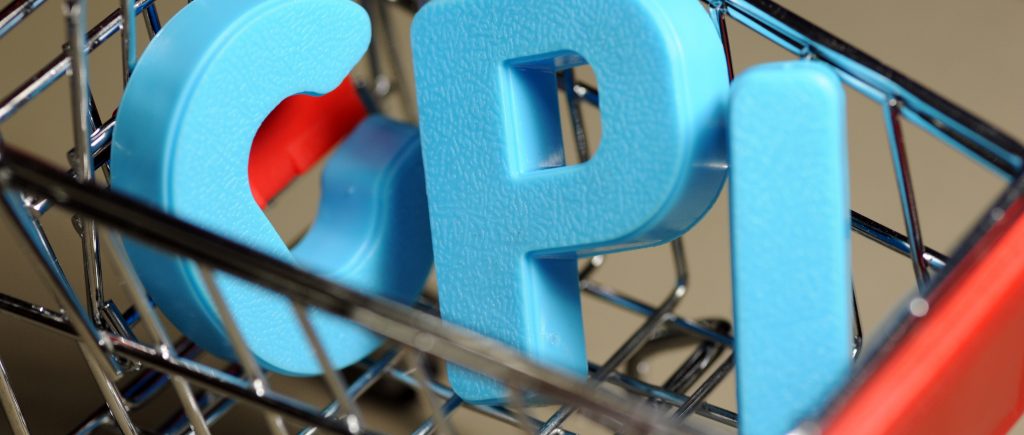The US Bureau of Labor Statistics will release the March Consumer Price Index (CPI) data on Tuesday, April 8 at 12:30 GMT and as we get closer to the release time, here are the forecasts by the economists and researchers of 12 major banks regarding the upcoming US inflation print. CPI and Core CPI are forecast to have risen by 8.4% and 6.6 % year-over-year, respectively, the fastest pace since 1981.
Commerzbank
“We expect consumer prices to rise by 1.2% in March compared with February (consensus 1.2%). This would take the year-on-year rate from 7.9% to 8.5%. Whether this is the peak depends mainly on whether energy prices continue to rise. For the core rate, which excludes energy and food prices, we expect an increase from 6.4% to 6.6%. There is a very good chance that this will be the peak, even though the core rate should remain above 5% until the end of the year, a far cry from price stability.”
Nordea
“We expect March CPI figures to show headline inflation surging towards 8.5% YoY (consensus: 8.4%) and core inflation reaching 6.6% YoY (consensus: 6.6%). The base effect will be moderate for the March print, but down the road base effects will see year-on-year headline inflation falling. Nonetheless, energy prices defying the oil-future curve, rents surging and evidence of more broad-based service inflation suggest we will see more stubbornly high inflation in H1, which will support 50bp hikes from the Fed at the next meetings.”
ING
“We look for the headline rate to reach 8.6% YoY and the ex-food and energy core figure to hit 6.7%. This would be the highest headline inflation rate since December 1981 and the highest core rate since August 1982, which will heap more pressure on the Fed to hike interest rates.”
TDS
“Core prices likely stayed strong in March, advancing a firm 0.5% MoM. While inflation in used vehicles likely fell, it was probably offset by continued strength in shelter inflation. An expected 18% MoM surge in gasoline prices likely added to headline pressures again. Our MoM forecasts imply 8.5%/6.6% YoY for total/core prices, which are likely to be the peak of the cycle.”
Deutsche Bank
“We are expecting that the monthly gain in headline CPI of +1.3% will push the YoY rate up to +8.6%, which hasn’t been seen since 1981. That said, we think that March is likely to be the peak in the YoY rates for both headline and core, since the base effects from last year’s surge in used car prices will begin rolling off in the April data.”
RBC Economics
“March US CPI data will reinforce those inflation concerns with the headline rate likely to increase to the 8.3% range, driven by skyrocketing gasoline prices following the Russian invasion of Ukraine. But gas isn’t the only thing to see faster YoY price growth. And pressures are broadening as strong consumer demand bumps up against production capacity limits and extremely tight labour markets.”
SocGen
“US CPI is expected up 1.1% in March due to a surge in gasoline prices. Gasoline prices are expected up 17% MoM on a seasonally-adjusted basis. The result is a contribution from motor fuels or nearly 0.7pp to the monthly increase. The core rate is expected up 0.4% MoM.”
NBF
“We expect the core index to have gained 0.5% MoM. As a result, the annual core inflation rate could jump to a 40-year high of 6.6%. Headline prices could have increased at an even stronger pace (+1.2% MoM), as seasonally adjusted gasoline prices surged upward. The headline annual rate could thus climb four ticks to 8.4%, the highest since January 1982.”
ANZ
“We expect US core CPI to rise by 0.5% MoM in March and headline to rise by 1.3%, boosted by surging food and energy prices. On a YoY basis, core and headline inflation should hit fresh 40-year highs of 6.6% and 8.5% respectively. Sticky price inflation is rising. This is a troubling development for the Fed as it could lead to an unanchoring of longer-term inflation expectations. With March CPI inflation expected to be north of 1% MoM, we expect the Fed to hike by 50bps at its 3-4 May meeting.”
CIBC
“Inflation will be driven higher by gasoline prices in March, with total CPI inflation set to reach 8.5% YoY. While used car prices eased off according to industry data, shelter prices and higher wages will prop up core prices, likely seeing that group accelerate to 6.6% YoY. While March was likely the peak for inflation, as the index will be lapping some strong year-ago readings that took place during the previous reopening ahead, the Fed will still be inclined to take rates up by 50bps at the next FOMC given elevated price pressures in cyclical factors, and the impending surge in demand for services.”
Citibank
“US March CPI MoM – Citi: 1.3%, prior: 0.8%; CPI YoY – Citi: 8.6%, prior: 7.9%; CPI ex Food, Energy MoM – Citi: 0.4%, prior: 0.5%; CPI ex Food, Energy YoY – Citi: 6.5%, prior: 6.4%. We expect a 0.42% MoM increase in core CPI in March with risks tilted slightly to the upside, although with a notable downside risk as well. The latter will be very important to assess in the event of a possible downside surprise to core CPI in March.”
Wells Fargo
“We expect headline CPI to rise 1.1% in March (up 8.4% YoY). Excluding food and energy, which tend to be volatile on a month-to-month basis, we expect the core CPI to rise 0.5% (up 6.6% YoY). Oil prices have retreated in recent weeks and signs that vehicle prices are starting to ease has led us to pare back our near-term expectations. However, ination’s descent will remain painfully slow for consumers, businesses and policymakers alike. Services ination, which includes housing, shows no signs of abating anytime soon.”

 Noor Trends News, Technical Analysis, Educational Tools and Recommendations
Noor Trends News, Technical Analysis, Educational Tools and Recommendations




